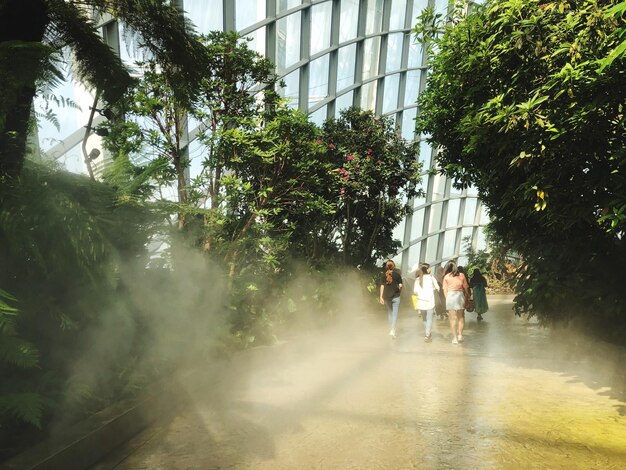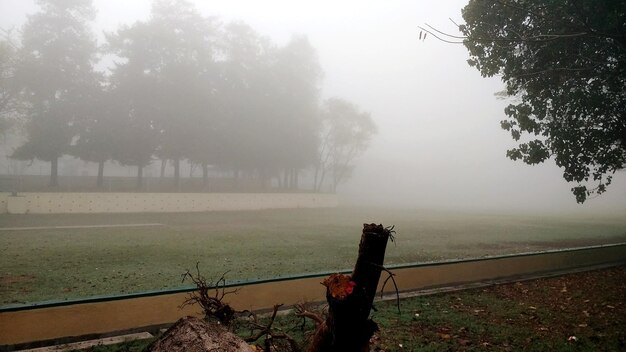Abiotic factor how to kill enemies in fog

Abiotic factor how to kill enemies in fog but nature often throws a few curveballs. One of these challenges comes in the form of abiotic factors—non-living elements that can influence your garden’s health. Elements like temperature, soil pH, and precipitation are well-known contributors, but today we’ll focus on a more elusive factor—fog. Understanding how to manage fog as an abiotic factor could be the key to maintaining a thriving garden even in the mistiest conditions.
In this blog post, we’ll explore the intricacies of fog as an abiotic factor, reveal common enemies that thrive in foggy conditions, and provide you with actionable strategies to protect your garden. By the end, you’ll find practical tips and inspiring case studies that illuminate successful gardening practices in foggy environments.
Understanding the Impact of Fog as an Abiotic Factor
Fog, essentially a cloud touching the ground, can have both beneficial and detrimental effects on your garden. While it adds a mystical charm to your surroundings, it also influences moisture, light, and temperature—three critical aspects of plant health.
Moisture Levels
Fog increases moisture levels, which can sometimes benefit plants by reducing the need for frequent watering. However, excessive moisture can lead to problems like root rot and fungal infections abiotic factor how to kill enemies in fog.
Light Diffusion
Another impact of fog is light diffusion. While diffused light can be gentle on plants, reducing the risk of sunburn, it also means less direct sunlight. This can be problematic for sun-loving plants that require a certain amount of light for photosynthesis.
Temperature Moderation
Fog often brings cooler temperatures, which can slow down plant growth and development. This is particularly problematic for warm-season crops that thrive in higher temperatures.
Common Enemies Thriving in Foggy Conditions
Foggy conditions create a perfect breeding ground for various gardening enemies. Here are some common threats that you need to be aware of:
Fungal Diseases
Fungi thrive in moist, humid conditions. Diseases like powdery mildew and downy mildew can spread rapidly in fog, causing significant damage to plants.
Pests
Certain pests, such as slugs and snails, find foggy conditions ideal for their activities. These pests can wreak havoc on your garden if not controlled effectively.
Weeds
Weeds often find it easier to germinate in moist conditions, leading to increased competition for nutrients and space with your plants.

Strategies to Counteract the Negative Effects of Fog on Plants
Dealing with fog in your garden requires a strategic approach. Here are some effective methods to counteract its negative effects:
Improve Air Circulation
Enhancing air circulation can help reduce moisture levels and prevent fungal diseases. Prune plants regularly and avoid overcrowding to allow better airflow.
Use Fungicides
Applying fungicides can help control fungal infections. Opt for organic options like neem oil or copper-based fungicides to minimize environmental impact.
Install Barriers
Physical barriers such as copper tape can deter pests like slugs and snails. Barrier methods are a non-toxic way to protect your plants from these pesky intruders.
Practical Tips for Gardening in Foggy Environments
Gardening in foggy areas might seem challenging, but these practical tips can make it easier:
Choose Fog-Resistant Plants
Some plants are naturally adapted to foggy conditions. Opt for native plants or species known for their resilience to moisture and reduced light.
Mulching
Mulch helps retain soil moisture and suppresses weed growth. It also creates a barrier that reduces the splash of water, limiting the spread of soil-borne diseases.
Regular Monitoring
Keep a close eye on your garden. Regular monitoring allows you to detect issues early and take corrective actions before problems escalate.
Case Studies of Successful Gardening Practices in Fog
Learning from others can be incredibly beneficial. Here are a couple of case studies that illustrate successful gardening in foggy conditions:
Case Study 1: Coastal Garden in San Francisco
San Francisco’s constant fog presents unique challenges. However, by choosing native plants like California poppies and yarrow, and implementing excellent drainage systems, gardeners have managed to create thriving gardens.
Case Study 2: English Garden in the Cotswolds
The Cotswolds in England are known for their frequent fog. Gardeners here use raised beds to improve drainage and opt for hardy perennials like hostas and ferns, which thrive in low-light conditions.
Conclusion
Gardening in foggy conditions may seem daunting, but with the right strategies and insights, it’s entirely possible to cultivate a flourishing garden. From understanding the impact of fog as an abiotic factor to implementing practical tips and learning from successful case studies, you now have a comprehensive guide to tackle this unique gardening challenge.
Share your experiences and tips for gardening in foggy environments in the comments below. Let’s grow together!
If you found this guide helpful, why not explore more tips and resources? Sign up for our newsletter to receive regular updates and expert advice to keep your garden thriving.




